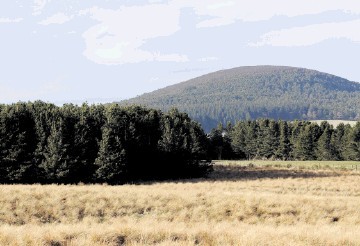
Europe is being blamed for stripping forests in the US to feed its growing and voracious appetite for wood pellet fuels in the name of so-called sustainable energy.
It is claimed on the US environmental website Grist that the EU has wrongly classed wood as a renewable energy source, or at least it isn’t at large scale.
In setting its goals, Europe “underestimated the carbon intensity of burning wood for electricity, and they categorised wood as a renewable fuel,” warns Grist.
Moreover, EU countries with smaller renewable sectors turned to wood to replace coal. Governments provided incentives for energy utilities to make that switch.
“Now, with a bunch of new European wood-burning power plants having come online, Europeans need wood to feed the beast,” says Grist.
“But most European countries don’t have a lot of available forest left to cut down. So they’re importing our forests, especially from the south.”
Yes, wood can be regrown, but Grist argues that there needs to be a sense of reality.
Wood accounts for a majority of renewable energy generation in Poland and Finland, and nearly 40% in Germany.
“It is especially appealing to British energy utilities, because the British government offers generous subsidies for renewable energy and its solar industry is not nearly as advanced as Germany’s,” says Grist, pointing out that The Economist describes this policy as environmental lunacy.
The Dogwood Alliance, an anti-deforestation group in Asheville, NC, has started to fight back.
It has launched a campaign to pressure American and British energy utilities to stop burning whole trees for electricity. It says, however, that burning sawdust left over at sawmills is relatively harmless.
Recommended for you
